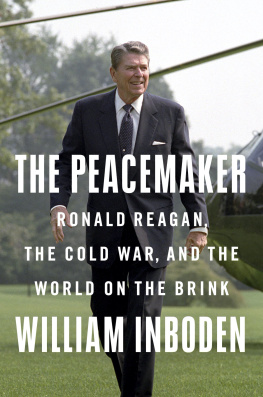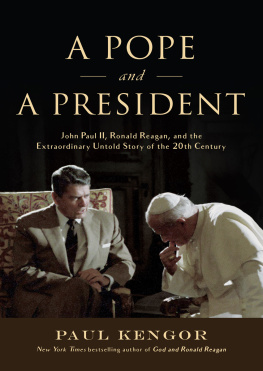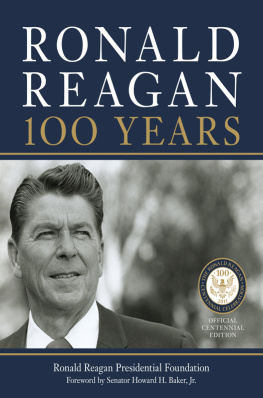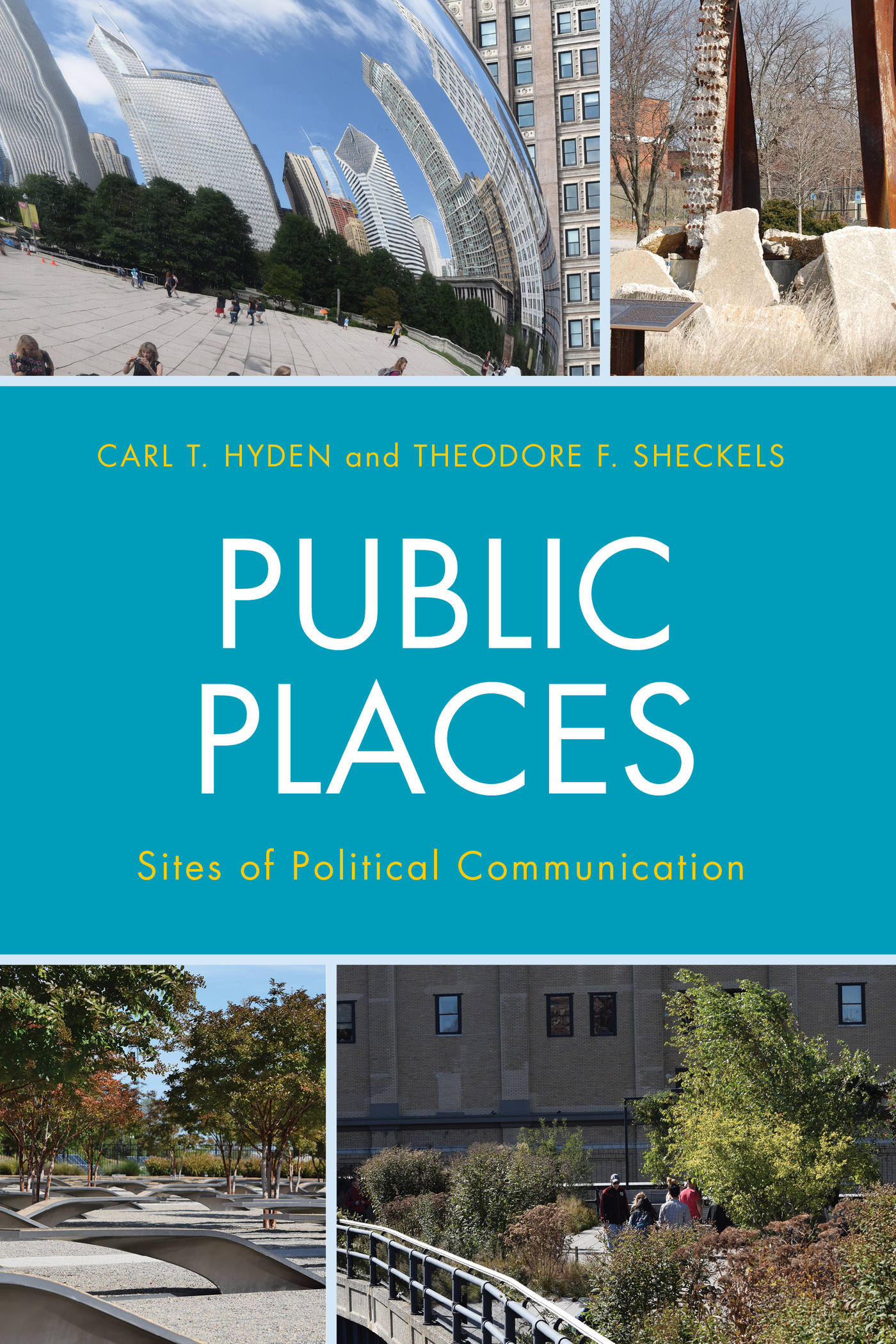The Grand Strategy that
Won the Cold War
The Grand Strategy that
Won the Cold War
Architecture of Triumph
Edited by Douglas E. Streusand
Contributing Editors Norman A. Bailey and
Francis H. Marlo
Chapter Editor Paul D. Gelpi
LEXINGTON BOOKS
Lanham Boulder New York London
Published by Lexington Books
An imprint of The Rowman & Littlefield Publishing Group, Inc.
4501 Forbes Boulevard, Suite 200, Lanham, Maryland 20706
www.rowman.com
Unit A, Whitacre Mews, 26-34 Stannary Street, London SE11 4AB
Copyright 2016 by Lexington Books
All rights reserved. No part of this book may be reproduced in any form or by any electronic or mechanical means, including information storage and retrieval systems, without written permission from the publisher, except by a reviewer who may quote passages in a review.
British Library Cataloguing in Publication Information Available
Library of Congress Cataloging-in-Publication Data
Names: Streusand, Douglas E., editor. | Bailey, Norman A., editor, author. | Marlo, Francis H., editor, author.
Title: The grand strategy that won the Cold War : architecture of triumph / edited by Douglas E. Streusand ; contributing editors, Norman A. Bailey and Francis H. Marlo ; chapter editor, Paul D. Gelpi.
Description: Lanham : Lexington Books, 2016. | Includes bibliographical references and index.
Identifiers: LCCN 2015038219| ISBN 9780739188293 (cloth : alk. paper) | ISBN 9780739188309 (ebook)
Subjects: LCSH: United StatesForeign relationsSoviet Union. | Soviet UnionForeign relationsUnited States. | United StatesForeign relations1981-1989. | Cold WarDiplomatic history. | Reagan, RonaldInfluence.
Classification: LCC E183.8.S65 G735 2016 | DDC 327.7304709/048dc23 LC record available at http://lccn.loc.gov/2015038219
 TM The paper used in this publication meets the minimum requirements of American National Standard for Information Sciences Permanence of Paper for Printed Library Materials, ANSI/NISO Z39.48-1992.
TM The paper used in this publication meets the minimum requirements of American National Standard for Information Sciences Permanence of Paper for Printed Library Materials, ANSI/NISO Z39.48-1992.
Printed in the United States of America
Foreword
President Reagans strategy to accelerate the demise of the Soviet Union consisted of five pillars: economic, political, military, ideological, and moral. While the penetrating truths of the presidents message to the Soviet leadership and the American people had historic consequences evident to most analysts and historians, the economic dimension of the strategy is less well understood. Put simply, the president did not believe the legions of experts, both inside and outside the government, who asserted that the Soviet Union was an invincible and immutable juggernaut on the geopolitical landscape. Such advisors and analysts warned that the Kremlin would not be meaningfully harmed by unilateral U.S. action to inhibit Moscows access to Western financial resources, energy markets, and militarily-relevant technology.
Soviet hard currency earnings and cash flow, however, were fundamentally weak, as was the countrys export sector, which was limited primarily to oil, gas, arms, and gold. The president worked closely with his National Security Council (NSC) team to configure a security-minded economic strategy that would constrict financial and other forms of Western life-support being tapped by the Kremlin. National Security Decision Directive (NSDD) 66 and the economic section of NSDD 75 (prepared in November 1982 and January 1983, respectively) provide the best illustrations of this critically important dimension.
The economic stress on the rigid Soviet economy caused by these measures and the robust U.S. military build-up were debilitating. Furthermore, Director of Central Intelligence Bill Caseys challenges to Moscows adventurism in Third World countries and the promise of the Strategic Defense Initiative added to the presidents strong moral compass to ultimately accomplish his goal of freeing the world of a totalitarian empire that had enslaved some 300 million people.
In this monograph Dr. Norman Bailey takes a commendable step in correcting the sometimes murky writings relating to the Soviet Empires defeat. Unfortunately, much written of this era is less than accurate, self-serving, or Partisan in nature.
With greater scholarship and more liberal declassification, history will reveal this national security staff of 120 dedicated men and womenassembled from our intelligence services, diplomatic corps, military, academia, and private lifewas highly effective in serving President Reagan. The NSC team prepared, presented, and advanced the critical issues, options, and recommendations through the Department of Defense, Central Intelligence Agency, and the State Department to implement President Reagans winning policy of Peace Through Strength. The record will one day show thatin a relatively short perioda brilliant but selfless NSC staff played a vital part in bringing about the end of the Cold War.
William P. Clark
Former National Security Advisor
Note
Judge Clark wrote this Foreword for the original 1998 monograph.
Preface
From a genealogical perspective, the history of the book starts perhaps with the late Dr. Ray S. Cline. After his long and distinguished career in the intelligence community, he ran a think tank, the U.S. Global Strategy Council. The Council sought to foster the development of an integrated, long-term grand strategy for the United States. Norman Bailey and I met at Council seminars and the book describes a rare interlude in which American strategy conformed to Ray Clines vision. Under the leadership of Ronald Reagan and the immediate supervision of his national security advisors, Richard Allen and William P. (Judge) Clark, the United States developed and implemented an integrated and comprehensive grand strategy to defeat the Soviet Union without war. It was not a long term strategy only because it succeeded so quickly.
Norman Bailey participated in the formation and execution of that strategy as a member of President Reagans National Security Council staff. His account, The Strategic Plan That Won the Cold War, published in 1998, is unique in its brevity, cogency, and eyewitness quality, but received little attention. In 2008, he and I conceived of the expansion of the volume that became this book. Seven years is perhaps not unduly long for a collective volume, but in this case the responsibility for the delay lies with the editor, not the contributors.
As the introduction explains, this book seeks to emulate both of the patriarchs of the historians craft. Like Herodotus, it reports great deeds and the actions of great men, although those actions took place in offices and conference rather than stricken fields and left no great monuments behind. Like Thucydides, it offers lessons for future statesmen and politicians. As Frank Marlos historiographical chapter describes at length, the mainstream interpretationand the general public impressiongives Ronald Reagan and his advisors little credit for the fall of the Soviet Union. Scholarship on the National Security Council staff in the Reagan era has focused on the Iran-Contra Affair and ignores the execution of the grand strategy against the Soviet Union completely. The book thus seeks to give credit where credit is due, and in particular to allow some of the key participants to tell their own stories.
Contribution to the correction of the record, as important as it is, matters less than providing a case study in the coordinated use of the instruments of national power to execute a grand strategy with complete success. Since 2003, if not 2001, we lament that the United States lacks a grand strategy, has failed to coordinate the diplomatic, informational, military, and economic instruments of national power, and has relied on military force too much. Under Ronald Reagan, the National Security Council developed a grand strategy to defeat the Soviet Union and end the Cold War and implemented it, using all the instruments of national power and all of the relevant agencies of the executive branch, despite all the political and institutional obstacles, and without overreliance on the military instrument. The failure to recognize this achievement in the mainstream narrative obscures important lessons for contemporary policy makers and students of national security studies. This book fills that unfortunate gap.
Next page










 TM The paper used in this publication meets the minimum requirements of American National Standard for Information Sciences Permanence of Paper for Printed Library Materials, ANSI/NISO Z39.48-1992.
TM The paper used in this publication meets the minimum requirements of American National Standard for Information Sciences Permanence of Paper for Printed Library Materials, ANSI/NISO Z39.48-1992.